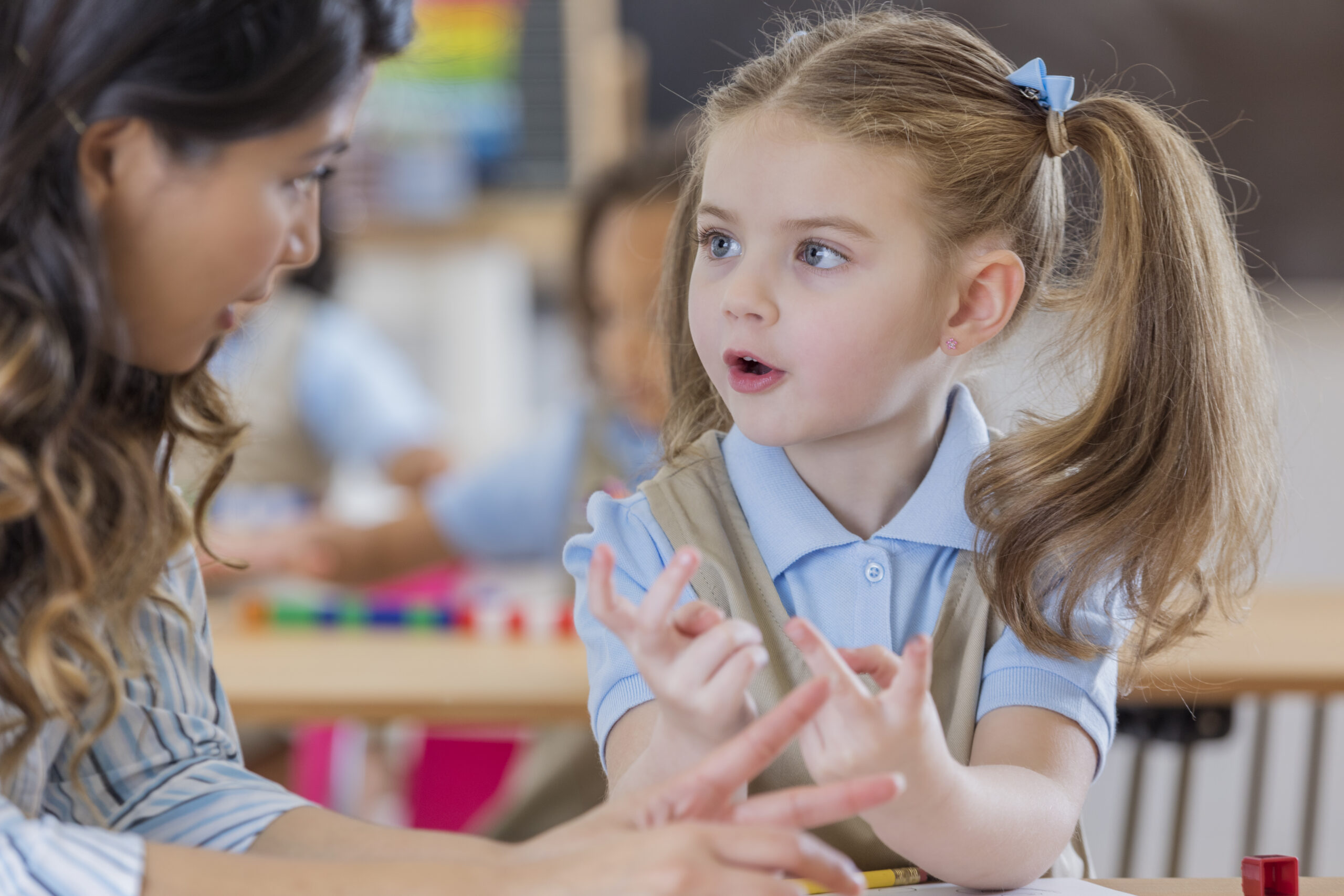It’s been five years since COVID-19 changed everything—and the effects on education are still being felt in classrooms across the country.
School closures, remote instruction, and chronic absenteeism created an unprecedented disruption in student learning. But in 2025, the conversation has shifted. We’re no longer asking what was lost—we’re asking how we recover. And the answers are found in consistency, targeted support, and the educators we place in front of students every day.
What COVID Took from the Classroom
The pandemic didn’t just interrupt learning; it redefined it. For nearly two years, students faced:
- Gaps in foundational skills—especially in literacy and math
- Delays in social-emotional development
- Widened disparities in access to resources and technology
- Reduced access to in-person interventions, support staff, and specialized instruction
Even when schools reopened, the long-term impact was clear. Teachers were tasked with meeting students at vastly different academic levels, while also managing trauma, anxiety, and burnout—all within the same classroom.
What Recovery Looks Like in 2025
Fast forward to today, and school districts are making meaningful changes to close the gap. Learning recovery is no longer just a buzzword—it’s a daily priority. Here’s how it’s happening:
1. Consistent Classroom Coverage
One of the most overlooked tools in academic recovery is consistency. A stable adult presence in the classroom allows routines to form, trust to build, and instruction to stay on pace. That’s why increasing substitute fill rates and minimizing instructional disruption is more critical than ever.
2. High-Impact Interventions
Districts are leveraging data-driven tools to identify gaps early and target students with intensive support—from reading specialists to intervention aides. But these roles can only succeed when they’re staffed reliably and supported long-term.
3. Expanded Support Roles
Many schools are investing in paraprofessionals, behavioral aides, and SEL staff to support not just academics, but emotional and behavioral growth. These positions play a critical role in helping students re-engage with learning in a post-COVID world.
4. Teacher Retention & Relief
Teacher burnout became a crisis during COVID—and it hasn’t gone away. Supporting full-time staff through reliable coverage, mental health resources, and reduced operational burdens has become an essential part of any district’s recovery strategy.
The Role of Strategic Staffing
At Adelphi Education, we’ve seen how impactful it is when classrooms stay covered, student support roles are consistently filled, and staffing logistics don’t pull leaders away from instruction. We don’t just provide bodies—we provide continuity, stability, and qualified professionals who are part of the solution.
Every paraprofessional, substitute, and classroom aide placed by our team plays a part in helping students catch up, stay engaged, and move forward.
Final reflection
COVID-19 may have disrupted education—but it didn’t define its future. In 2025, recovery is happening. It’s happening in classrooms with strong routines, in one-on-one reading sessions, in behavior support rooms, and in the quiet moments when students feel seen and supported.
With the right people, systems, and partnerships in place, schools are not just making up for lost time—they’re building something better.



